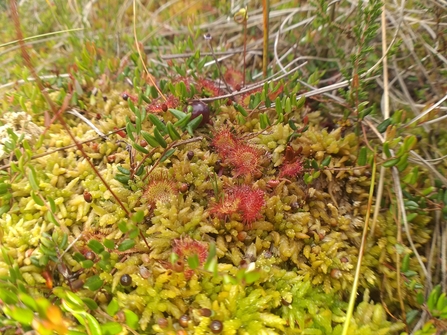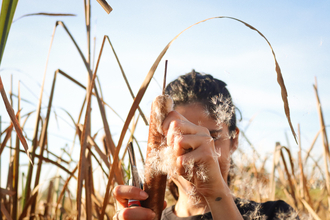
Winmarleigh Moss is home to rare and specialised bog plants including round-leaved sundew and sphagnum mosses
Winmarleigh & Cockerham Moss SSSI is a fantastic example of the remaining two per cent of our region’s lowland raised peat bogs. Home to an amazing range of rare and specialised plants and animals, it is not only vital for our biodiversity, but it’s naturally waterlogged, peat soils are able to absorb and store carbon from the atmosphere providing a vital natural resource in the fight against climate change.
But just next to it is a mosaic of agricultural fields that were created by draining areas of the former peatland in the 1970’s. Deep drainage ditches criss-cross the landscape, but these fields tend to be low in natural nutrients and often boggy and almost unusable in winter.


